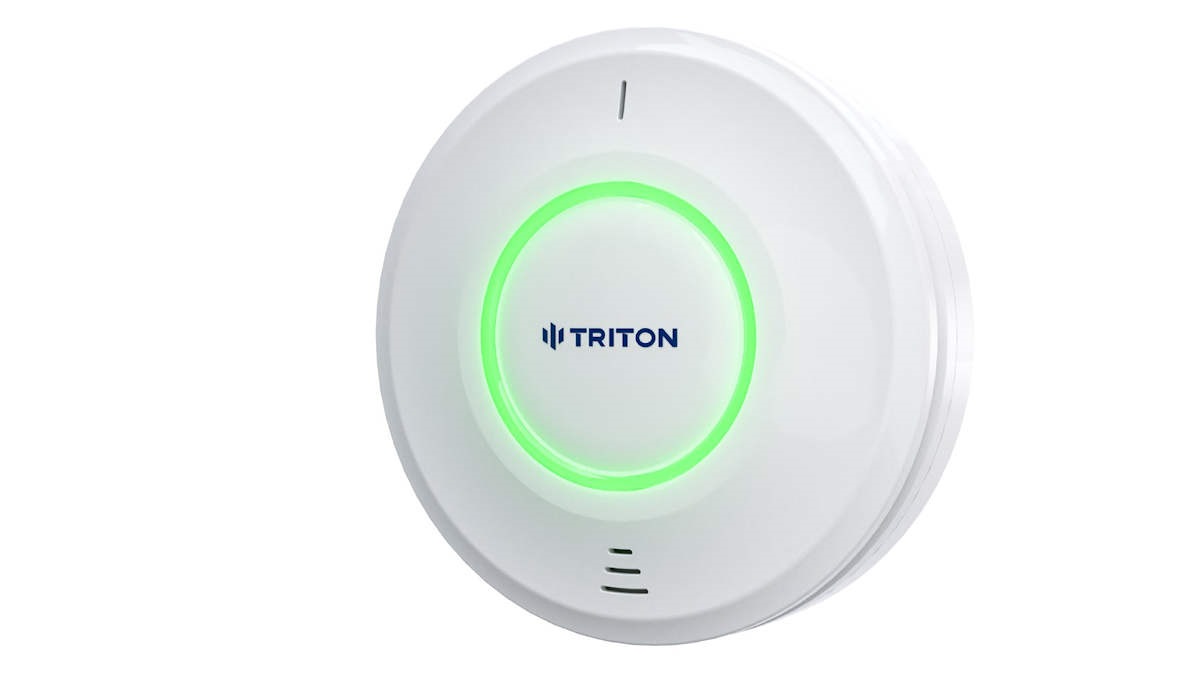The Future Of Electronic Security – Products And Trends In 2025 And Beyond.
The Future Of Electronic Security – Future products and trends in the electronic security industry in 2025.
Contents
I don’t know about the rest of you folks in the security industry but 2024, which was arguably the first all-out post-COVID year, has seemed long, with plenty of heavy lifting on all sides.
The market has been generally flat, with underlying economic fundamentals that have proved challenging yet seriously rewarding in a forward-looking sort of way. For privately-owned businesses, managing these ups and downs in revenue is easier than for organisations answering to bean counters. Regardless, in the face of a quite tough period, the industry has soldiered on.
The Year 2025 Ahead
When it comes to products in 2025, security fundamentals, including sensors, controllers, readers, locks, cameras and more, will remain central to the delivery of security operations. But we are starting to wonder if security operations itself is not going to begin evolving hard to meet fresh threats in areas like AI and social disharmony.
When it comes to established solutions, there are new technologies infusing the functionalities of many familiar devices, including AI, improved energy use and storage, and more reliable long-range wireless. AI will not be the AI you see in the movies but clever technology that improves device, system and operator performance, as well as significantly reducing false alarms.
AI-empowered smart sensors, some at the edge, are becoming increasingly affordable. Multi-sensors in alarm systems offer more complex sensing abilities, enhanced performance and more discerning false alarm resistance. We like Halo, Triton, Edimax and MVD, and there are other smart sensors coming through.
Integrating AI
Integrators are going to need to deepen their comprehension of AI services, as well as AI governance. For all the fears around AI, its power to serve end users is vast, and it’s appearing everywhere – there’s no stopping AI. Governance must be managed professionally, in real time – security people need to be across this – they need to task a capable team member to aggressively get on top of AI and stay there.
We see an ongoing trend in integrated off-the-shelf solutions – things like the AXIS Q9307-LV Tele-Sitter camera are useful tech and are capable of telling carers more than a pendant actioned by a person who may be incapacitated. We’re certain to see more multi-function networked solutions that help elderly folks stay safe at home over the next few years.
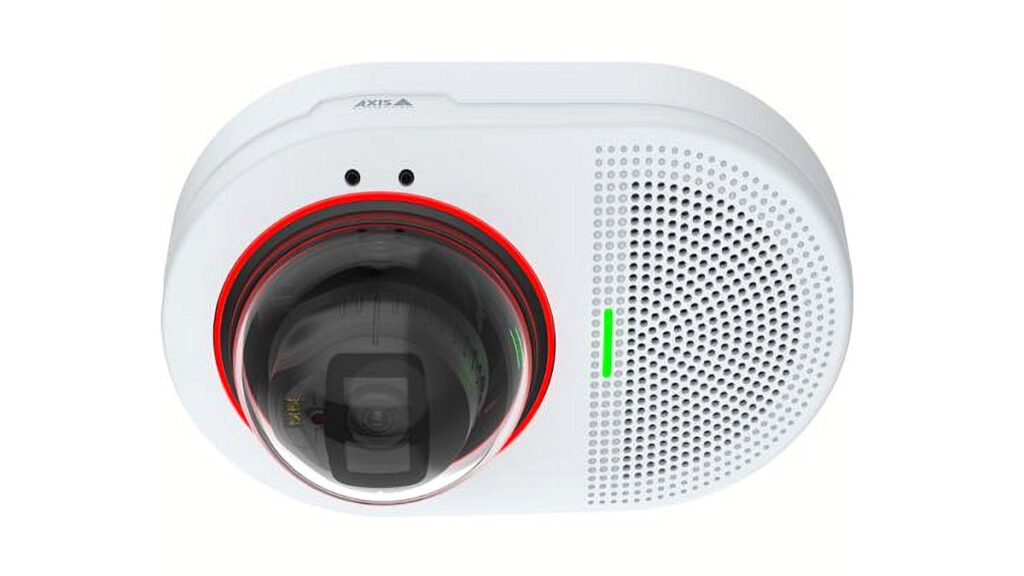
Something else that’s likely to continue to gather pace is an expansion of operational functionalities applied during software and firmware upgrades. Driven in part by more powerful processors, such remote upgrades will allow system evolution in near real time – it’s not new, but we’re going to see more of this.
The ability of hardware to support evolving systems is particularly important when you consider the risks posed by cybersecurity threats. We also see the leaching into electronic security systems of AI functionalities handling everything from advanced intrusion detection, situational awareness, event prediction and reporting. These are all highly desirable capabilities.
Quality Counts for a Lot
SEN likes the ongoing trend for traditional hardware devices to go PoE, as we saw this year with the dormakaba Axessor Apexx IP safe lock and the CyberBox from CyberLock. From the point of view of installers, we think worthwhile ancillaries should always be on the table, and there are more and more on offer.
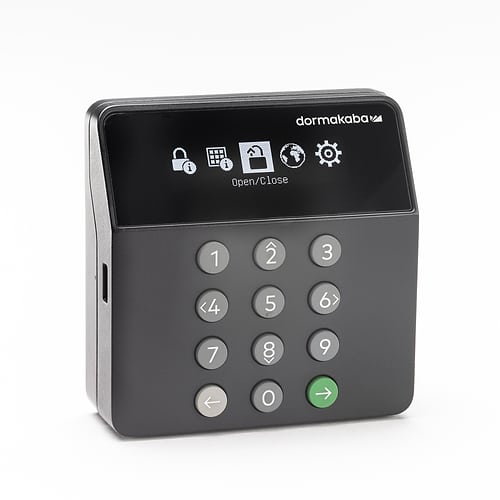
We think every installation business should have a tight group of adjacent add-ons that empower their customer’s solutions, even if they are not integrated into chains of reporting, but log events remotely. This is still way more valuable than basic mechanical devices.
Video doorbells, fog cannons, and more. Standalone electronic locks are a particular product group that springs to mind when it comes to worthwhile add-ons.
Locks and door hardware remain central to every security application. If you love metallurgy, it’s impossible not to love locks and the latest generations are cleverer than ever before.
When it comes to hardware of all kinds, techs should buy the best quality they can and pay attention to manufacturer cost-cutting with weak internal components and mismatched low-quality metals.
“Buy quality, and you only buy once”, my old man drily intoned, shelling out for his 4th set of dodgy boat screwdrivers from Flemings Supermarket on the Kingsway in 1980.
Staying with quality hardware and family anecdotes, in 2003 I took mum on a trip to New Zealand to visit her birthplace — Waipu Cove. Afterwards, we drove north to her grandmother’s old farmhouse at Opuawhanga on the Whananaki Rd.
The wooden house was completely submerged by a giant wisteria growing up one wall and tearing through the rafters, the rotting timbers green with moss. But the brass door hardware — key still in the lock — worked perfectly.
Trends Ahead
When it comes to trends in management solutions, we liked the Avigilon Decision Management System. The Avigilon Decision Management System (DMS) is a cloud solution that integrates with all an organisation’s physical security systems and improves consistency and effectiveness of incident response actions with standard operating procedures, data-driven decisions, and maintenance of compliance.
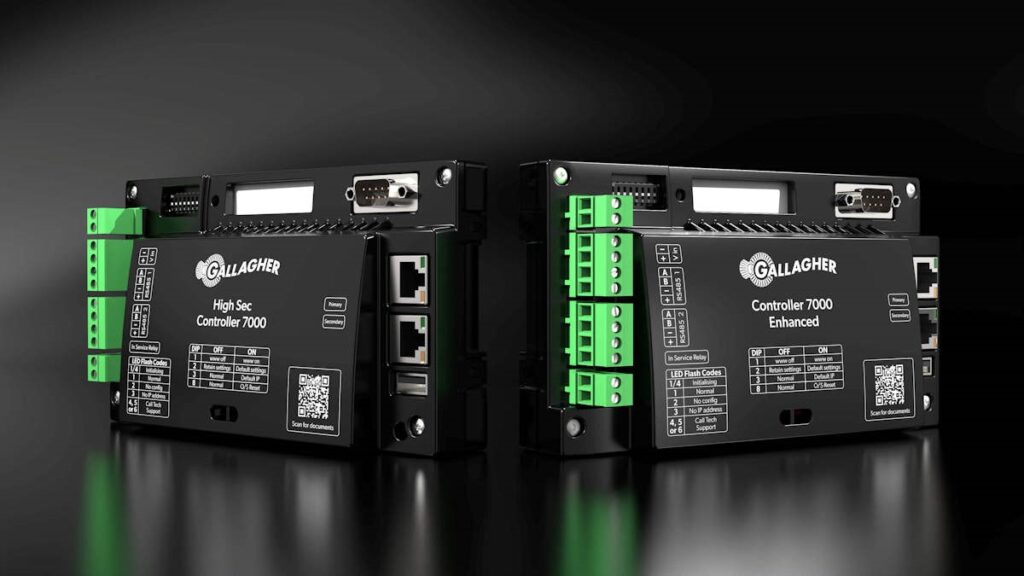
Alarm and access controllers are here for the long term – Gallagher C7000, Bosch Solution 4000 and 6000, Tecom Discovery and plenty more. There are also rumours of new local players entering the ANZ access control market and new cloud gear is landing from established players, including Aritech Axon and the pioneering Hattrix solution. We love all this.
Controllers – let’s include hubs here because the label doesn’t alter the underlying function of these integrated devices – remain at the heart of capable electronic security solutions. We can’t imagine this changing without compromising the dependability of security solutions.
New sensing technologies are moving into the electronic space — 3D LiDAR integrated with video being one such technology, though higher resolution cameras supported by better wireless technology in PIR sensors are more accessible in the short term.
Improved camera technology supported by lightweight analytics in alarm sensors is giving faces and plates at short ranges and suggests we may do better still in the future. Meanwhile, radar and CCTV offer response to intrusion events in near real time.
Systems that are proactive – fog cannons – are also likely to impact on the market in the future. These are very simple to integrate into alarm systems to protect retail and high risk residential applications, buying time for response teams. It’s sad security providers need solutions that respond instantly to intrusion to defend retail outlets, including staff and inventories, but when law and order starts breaking down on the high street, security technology needs to step up.
Comms & Wireless in the Future Of Electronic Security
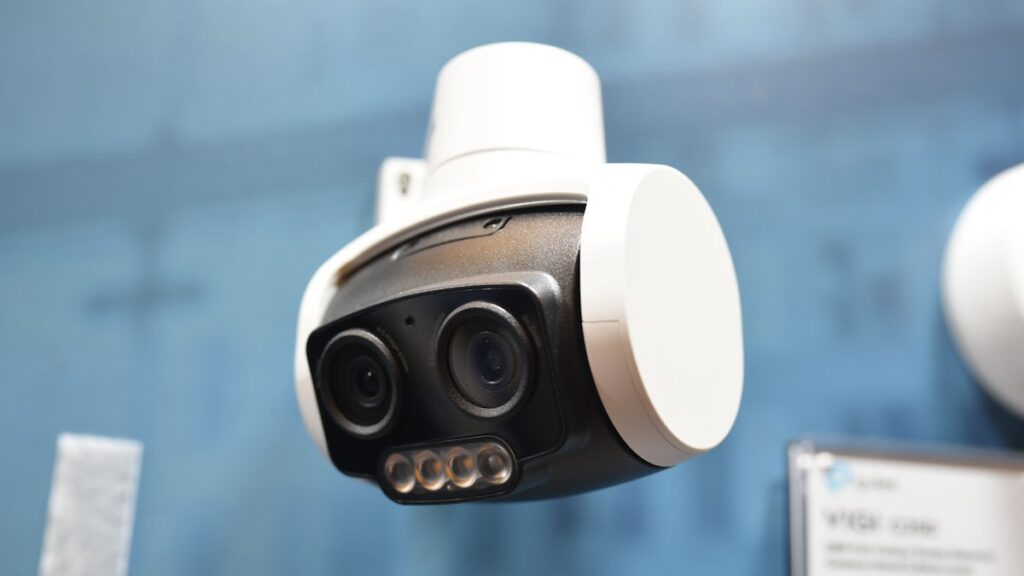
When it comes to the future of communications and wireless technology, when managed by clever software, you get longer range, lower current draw and enhanced encryption. This allows increased flexibility in security applications. For longer range applications, 4G LTE is getting cheaper, too.
A comms technology we are currently interested in for wireless and access control moving forward is LoRa in the 900MHz area of the spectrum. While commentators moan about slow bit rate, LoRa is perfect for security applications with their teensy packet strings, low current draw and appetite for very long range.
We all know competition between security distributors is intense and this won’t change. It’s already impacting on technology take-up, as disties fight for angles that don’t involve slicing margins so thin they’re transparent. There’s a limit to this margin-shredding, even for the big box movers.
As always, relationships and careful distribution agreements are the keys to long-term success in the electronic security industry, as the revolving door of successful new boutique disties reminds us. What are these newbies offering clients that the established national distributors can’t? Often it’s the same product attached to a more meaningful local relationship.
SEN thinks increased competition and thinning margins will drive the market into the arms of smarter tech in 2025. Trying to get product to market at competitive prices is likely to impact on route to market, too. Gallagher taking SMB to the distribution channel is part of this. Looking further back in time, Genetec’s decision to go direct to installers looks prescient, especially given its new Security Center Cloud offering.
The Cloud
Speaking of cloud, we think there’s going to be growing competition in cloud access control as providers and installers agree on an RMR and database ownership model that makes both sides feel financially secure. ANZ’s installers have not taken fully to cloud yet, but we think it’s coming, with plenty of new product releases on the way.
Something else that will impact on cloud and wireless take up is time pressure. Has time pressure ever been so intense? We think not, and it will drive installers towards solutions that are increasingly easy to install, as well as encouraging distributors to ‘pre-integrate’ CCTV and access control solutions (that’s a reach, we know).
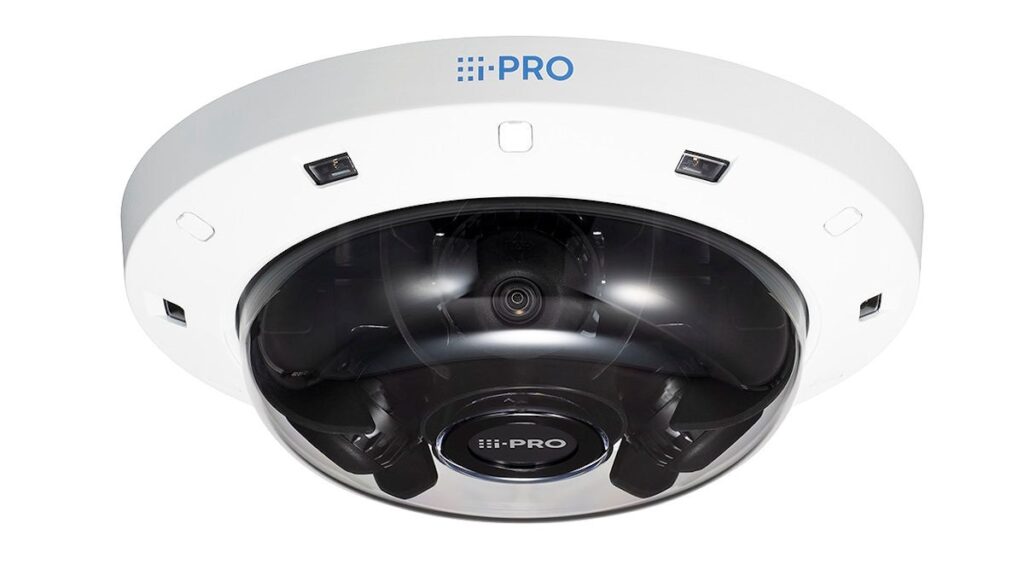
Networks are so important for electronic security solutions, we think they need to be included as an end-to-end component of security solutions moving forward, even in serious residential and small commercial applications. This means that multiple communications paths and UPS units supporting hubs with back-up SIMs should be a baseline for security systems worthy of the name.
The importance of networking is so paramount that no security solution touching a network should not be planned without network security, redundancy, and network governance front and centre. Networks and IT services are so central to security operations that they cannot be compromised under any circumstances – your reputation depends on it.
CCTV cameras – there are some excellent cameras on the market from quality makers at a broad spread of prices – you need to test to find the best of them. There are also low-cost cameras that do reasonably well in the sub-100 bracket. Typically, these are IP66/67 turrets with 2.8 mm fixed lenses.
With cameras, you need to assess performance of moving targets in failing light. If it’s weak, then you should install something better or add directional light. We see plenty of cameras that provide spooky video verification of alarm events in low light and nothing more – that includes many with integrated IR. Make sure your client’s expectations are managed when you’re serving up low-end CCTV cameras.
At the same time, we think there are some very good 8 and 16 channel NVRs on the market for SME applications. Some are so close to plug and play – we tested a great unit from TVT recently – that they almost unpack themselves. If you find a combo of performance, analytics and reporting that meets your customer’s needs, hooray.
In our opinion, the best thing about the trend towards sub-100 turret cameras is the downward pressure it places on the cost of higher end products from every manufacturer, including the ones that make that low-cost gear. Buying mid-range cameras and empowering an application with key high-end units to handle specific tasks is a no-brainer in our opinion.
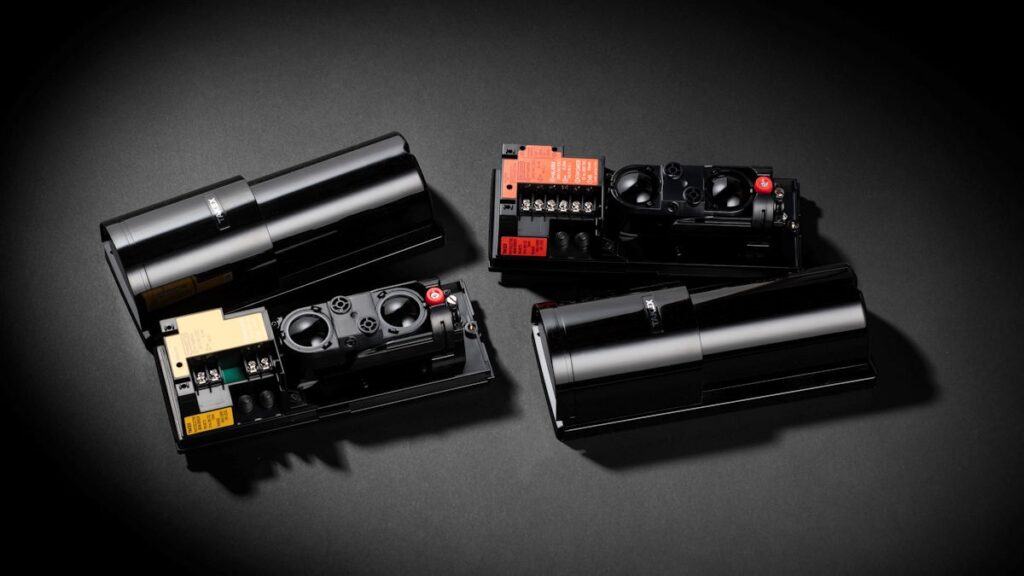
Management solutions will continue getting smarter and simpler. We’ve never liked the term ‘single pane of glass’ because what it really means in a complex security integration is a billion drop-downs.
That said, systems that can be managed through graphical maps and icons, and that provide situational awareness on the surface and serve up detail of events as they unfold, get as close to a single pane of glass as it’s possible to get.
There are opportunities in the market. According to a recent government report, Australian state and federal governments are running their vital IT systems on legacy hardware and software – NZ must be the same. Deferred maintenance/replacement has built a gigantic wave of growth into the IT, networking, communications and security markets worth billions of dollars.
Commerce & Trade in the Future Of Electronic Security
At the same time, we’ve never seen so much government spending on security. Western Australia has been a standout in 2024, but we’re seeing it everywhere – not only at federal levels but at state and local levels, too. Perhaps government is playing catchup, perhaps their systems are about reducing manpower costs, perhaps they seek to enhance return on investment.
Commercial and residential end users also want systems that provide oversight and are easy to manage. In this area, we think there will be growing competition in the alarms sector in 2025, and we’re eagerly awaiting it. The latest alarm systems are very good and seem to be getting better all the time. The line between alarm systems and home automation is very fine, indeed, and we think the best home automation gear is coming from security manufacturers.
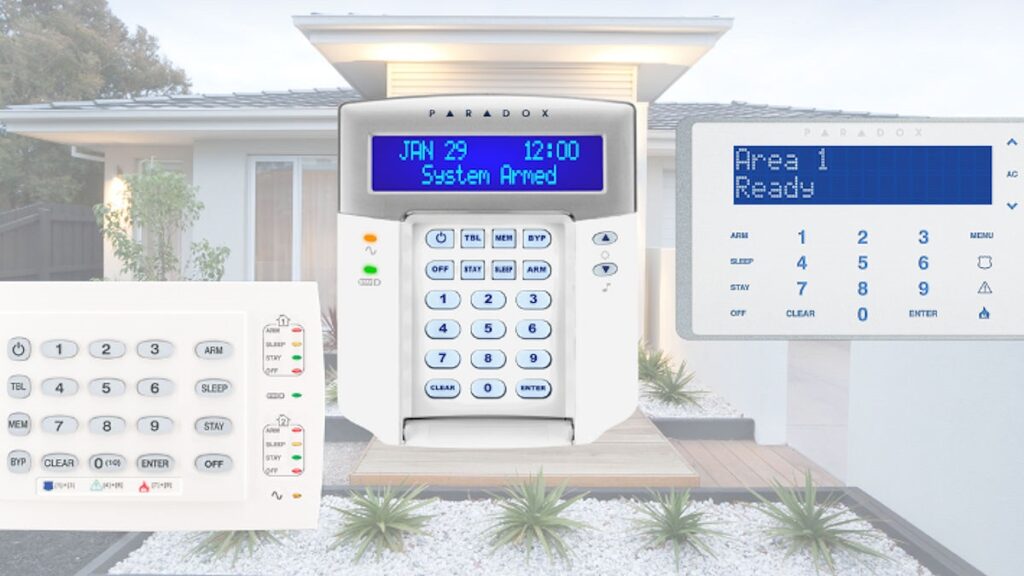
When it comes to on-prem and cloud in the future of electronic security, (the latter being your supplier’s data centre), the industry remains in the land of hybrid, and maybe that’s a good thing.
There’s so much going on with the cloud that it’s becoming harder and harder for users (and installers) to keep up with and manage the swirl of recurring costs from multiple proprietary business models.
There’s still a bit to work out with cloud, including accepting the fact that the best cloud models for our industry aren’t always going to be open and that installers want/need to remain in control their customer databases.
Consumer competition is unlikely to impact on the security business in 2025. Any retail war based on margin will end with disillusioned buyers, and we think this is the rock the consumer DIY market is continuing to founder on.
Most products sold by chain stores suffer from temporal quality slides as accountants, senior managers and marketers – disconnected from product and customer base – mistake their enthusiasm for profit for operational realities in the home. DIY can’t compete with the gathering pace of change at the pointy end of the security market.
In terms of ANZ’s economic environment, it remains tight. There’s plenty of work out there, but interest rates remain high in the context of personal and business debt. Government spending does too much of the heavy lifting, which is never good from the point of view of unshackling SMEs from the burden of tax. We don’t know who came up with AIS but it’s the work of the devil for any small business with a variable cash flow.
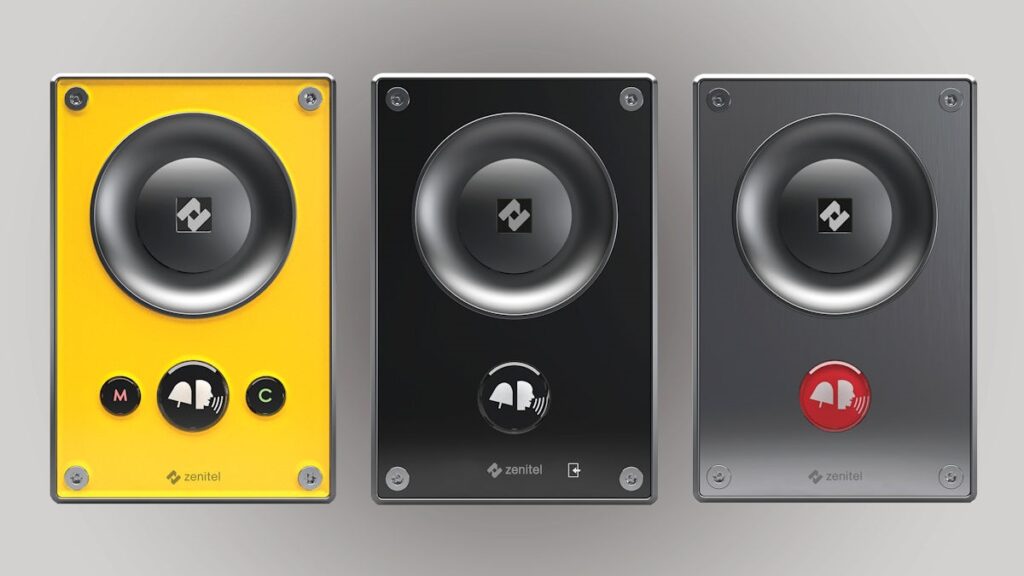
We suggested earlier in the year that interest rates in Australia would ease by year’s end and we were wrong about that. Regardless, rates will ease in 2025 and growing populations — particularly in Australia, which zoomed through 27,300,000 a couple of months ago — are going to drive ANZ’s economic growth hard out of 12 more months of central bank-imposed weakness.
Operationally, the evolving global threat profile over the next 12 months looks troubling. In ANZ, it’s easy to feel disconnected from the tensions wracking other parts of the world, but the notions that underpin these tensions are present here as well, whether we choose to notice them or not.
At the same time, government policies are increasingly polarised, social cohesion is waning, trust in institutions is falling and law enforcement’s sense of legal and social support is weakening. ANZ can depend on stable institutions and more or less responsible government in the short to medium term, but splintering narratives threaten to tear ANZ’s long-held social compact apart.
Conclusion
From the point of view of security providers with diverse customer bases, these new and open-ended threats means almost any operational risk is on the table, with a side order of bushfires and flooding rains.
As the future of electronic security unfolds, a point of strength for the industry to take into the new year is that our technology and expertise have never been more capable of protecting the assets, buildings, and people of our millions of customers.
You can read more of our editor’s thoughts on the future of security technology here, or click on this link to SecTech NZ that we’ve added purely for the purposes of getting the excellent Google SEO rating of 95 per cent right here. There’s more SEN news here.
“The Future Of Electronic Security – Products And Trends In 2025 And Beyond.”
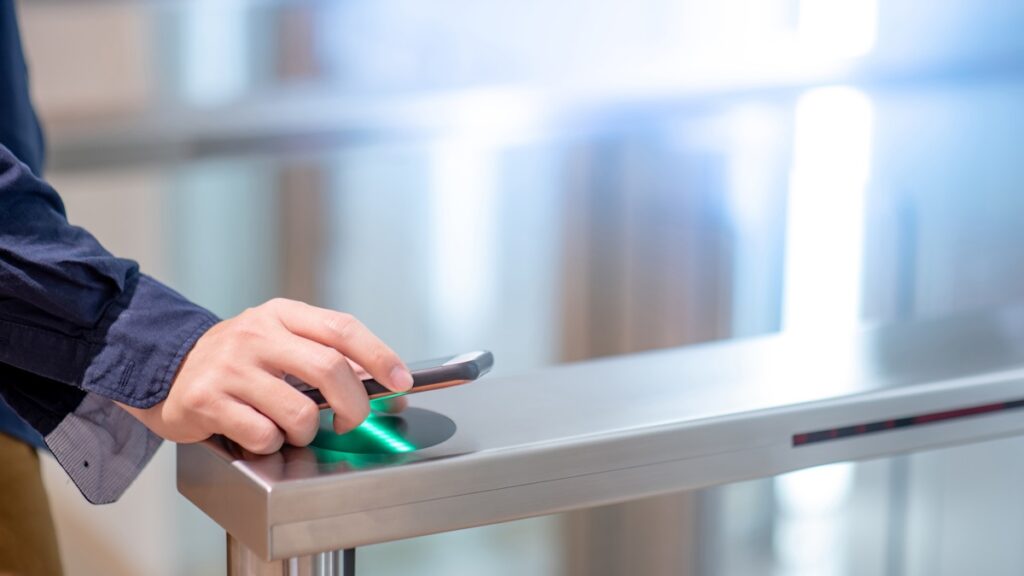
The future of electronic security holds immense potential for the industry, with advancements in technology and expertise enabling us to effectively safeguard the assets, buildings, and personnel of millions of customers in the ANZ security industry. From mitigating organisational risks to addressing natural disasters like bushfires and flooding rains, security providers are equipped to tackle a wide range of challenges. Explore SecTech NZ for more information or check out the latest SEN news. [The Future Of Electronic Security].
The Future Of Electronic Security The Future Of Electronic Security The Future Of Electronic Security The Future Of Electronic Security
What advancements can we expect in the future of electronic security technology?
Future security technology is expected to include AI-driven threat detection, biometric authentication methods, and enhanced encryption protocols that adapt to emerging cyber threats.
How will future security technology impact privacy concerns?
Future security technology will strive to balance robust security measures with privacy protections by implementing decentralized data storage solutions and advanced anonymization techniques to safeguard user information.
What role will artificial intelligence play in future security technology?
Artificial intelligence will play a critical role in future security technology by enabling real-time monitoring, predictive analytics to anticipate potential threats, and automated response systems to mitigate risks effectively.
The Future Of Electronic Security.




